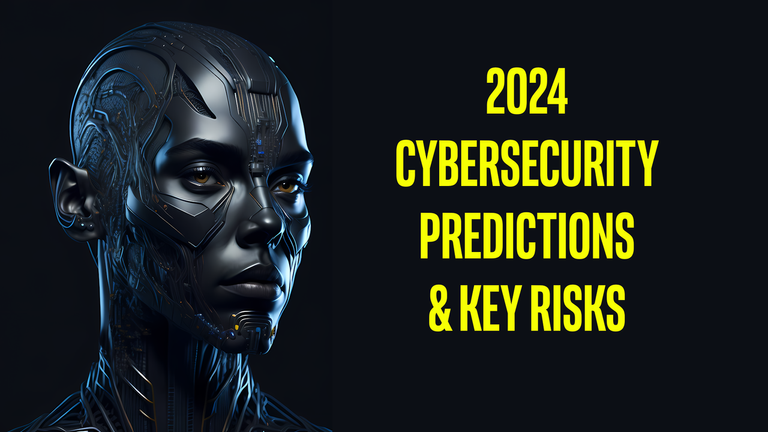The Unseen Threats: Anticipating Cybersecurity Risks in 2024

Nation-state attacks will be the dominant influence on the capabilities, growth, and impacts seen across the cybersecurity industry in 2024. Years of investment, innovation, and willingness to conduct advanced attacks by nation-states like Russia, China, North Korea, and Iran have accelerated the advancement of malicious capabilities at all levels. Their long-term commitment to developing new tools, techniques, acquiring vulnerabilities, and sponsoring complex cyber operations against other countries empowers threat actors of all types.
Critical infrastructure organizations will continue to be prime targets in 2024 as nation-states aggressively go after sectors like healthcare, government, communications, transportation, defense industrial base, utilities, and finance. Both governments and cybercriminals will target these industries due to their importance and ability to inflict widespread harm. Many smaller critical infrastructure firms that underinvested in security will likely get compromised, along with a few larger companies that failed to prioritize cyber defense. The public will see more apparent and impactful critical infrastructure attacks over the next year.
Supply chain hacking methods will evolve significantly, fueling a rise in attacks that can infiltrate downstream consumers on a massive scale. Nation-state adversaries are developing new tools and tactics to intensify supply chain compromises against software, cloud services, and hardware vendors in order to gain covert access to large customer networks and industries. The growing technical skills and resources poured into these types of "trojan horse" attacks by state cyber actors will make them a mounting challenge that impacts entire businesses and economic sectors.
The insatiable demand for software vulnerabilities and exploits to support nation-state cyber operations has exploded research and tool development efforts. This will lead to a spike in zero-day discoveries being sold privately for millions of dollars. Shortened vendor patching timelines create exploitable windows for sophisticated hacking groups. Open-source software and widely adopted cloud platforms will be favorite hacking targets. The influx of nation-state funded vulnerabilities into cybercriminal hands spreads the technical skills and infrastructure of the most advanced attackers.
Generative AI will become a double-edged sword in 2024 as its rapid innovation and adoption is a threat while also providing helpful tools to cyber defenders. AI amplifies both attackers and defenders but is empowering malicious automation at a faster rate. Hackers will leverage AI for more scalable social engineering, disinformation, vulnerability discovery, and attacking automation. Defenders strive to catch up by fielding AI-driven security analytics, incident response aids, and automated patching solutions. The generative AI arms race favors those able to weaponize it first like specialist nation-state hackers.
Stringent new cybersecurity regulations are forcing operational changes around risk management and compliance. Recent privacy laws, security mandates, and SEC rules are uncomfortable for many security teams. Regulations are not always clear or consistent but forcing collaboration between diverse business functions. Small compliance investments are expected but not major budget increases. Stricter rules drive increased responsibility for CISOs and boards, who must now communicate regulatory risks internally while externally managing public transparency requirements around cyber incidents.
Growing expectations for digital trust along with tighter rules and stronger adversaries will crush organizations reliant on minimalist cybersecurity strategies. Executives, investors, customers and lawmakers now consider cybersecurity a critical concern that directly impacts productivity, customer loyalty, liability and shareholder duties. Companies must take security seriously or face competitive disadvantage and reputational harm from transparent failures. Constrained security budgets will mutate resource constraints from fears into nightmares as the demands dwarf available funding.
For the full analysis: https://medium.com/@matthew-rosenquist/the-unseen-threats-anticipating-cybersecurity-risks-in-2024-13f460dadb70
Scary world for SMBs and critical infrastructures!